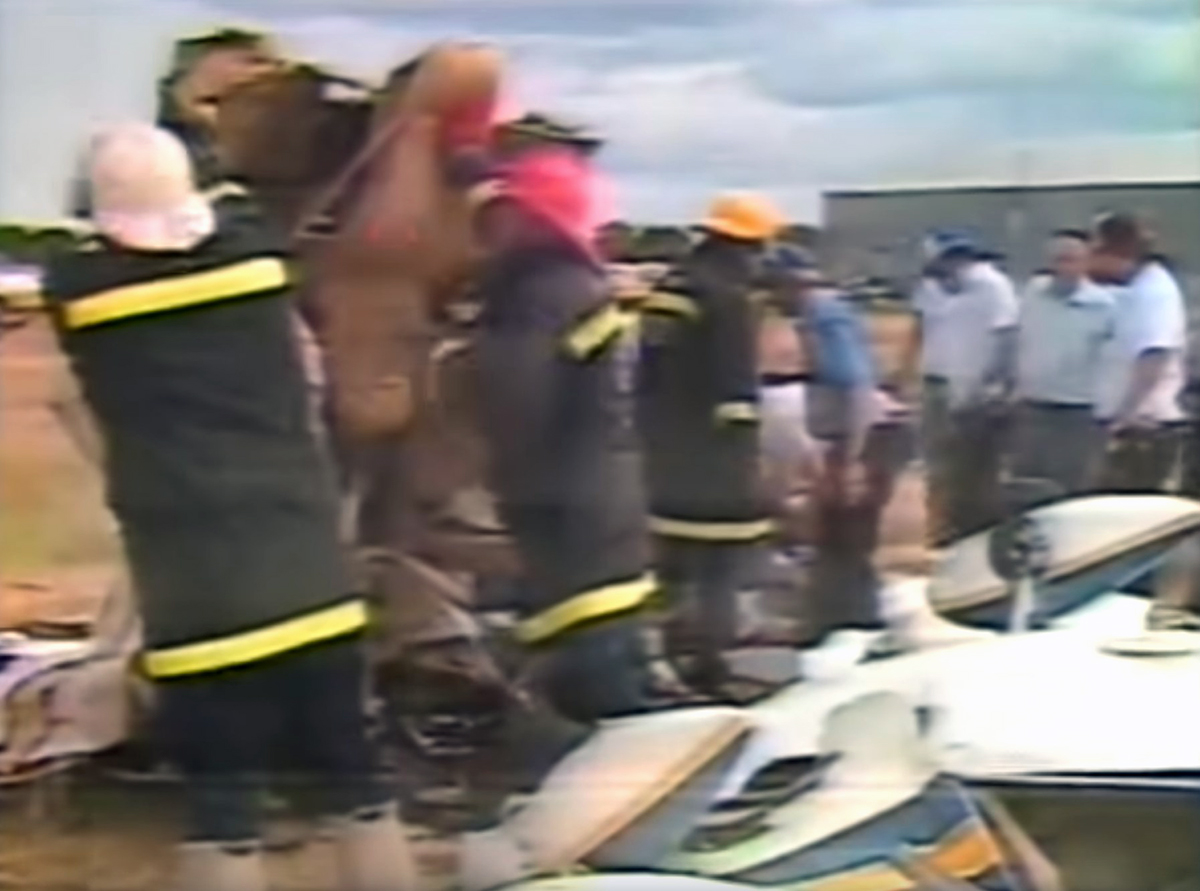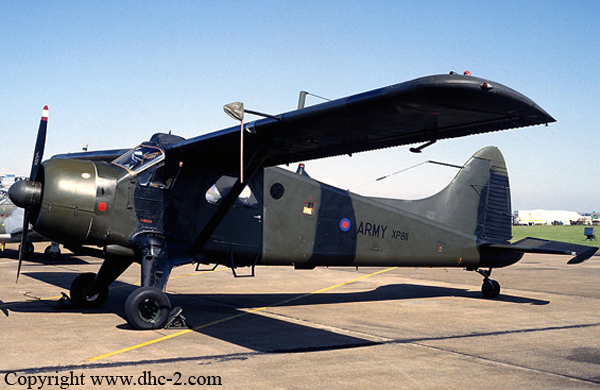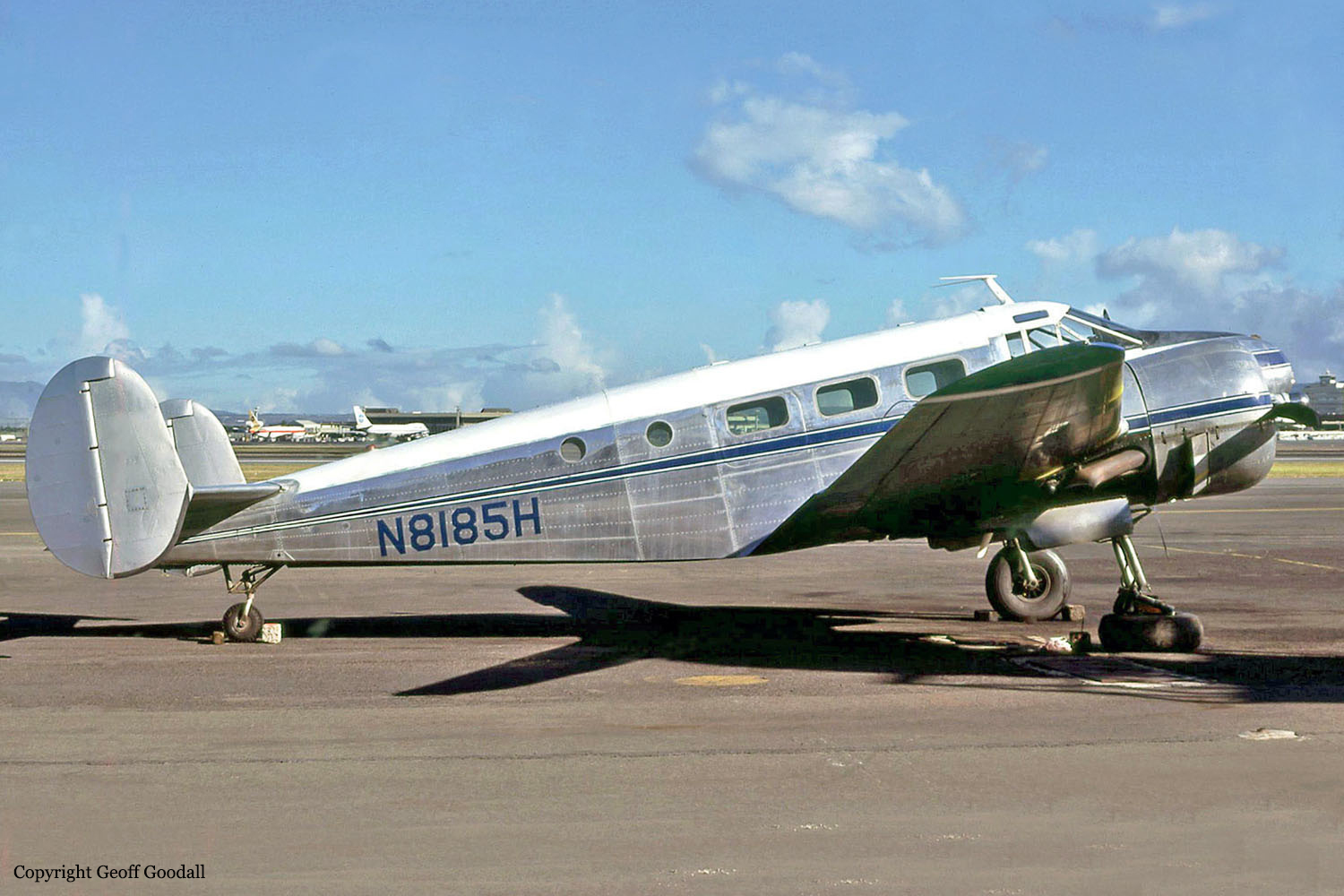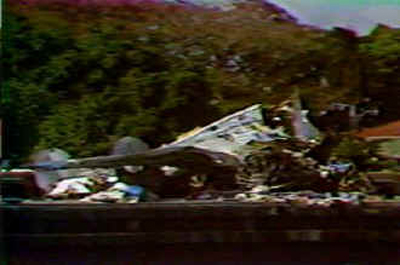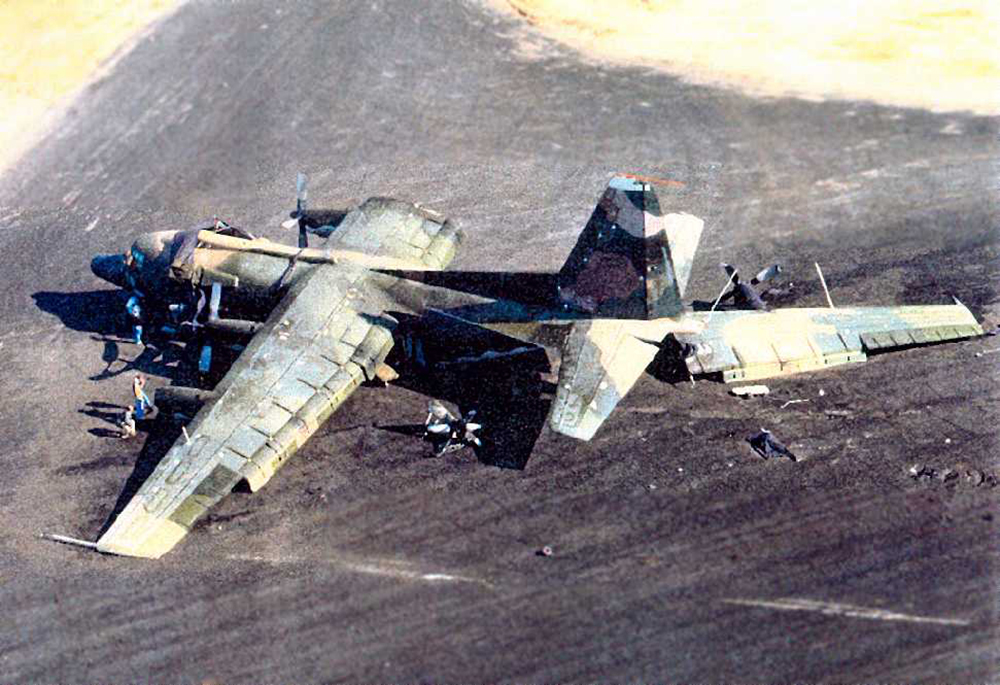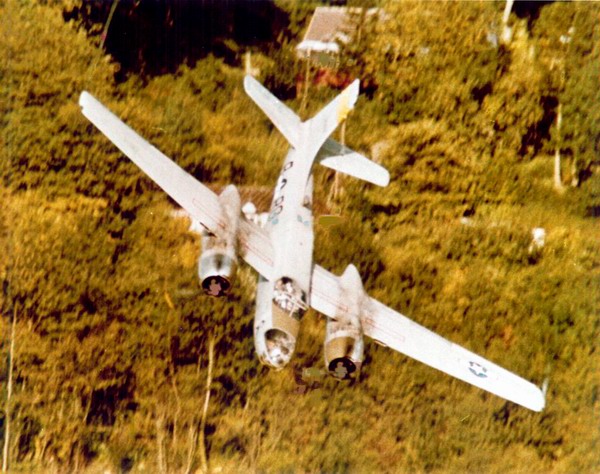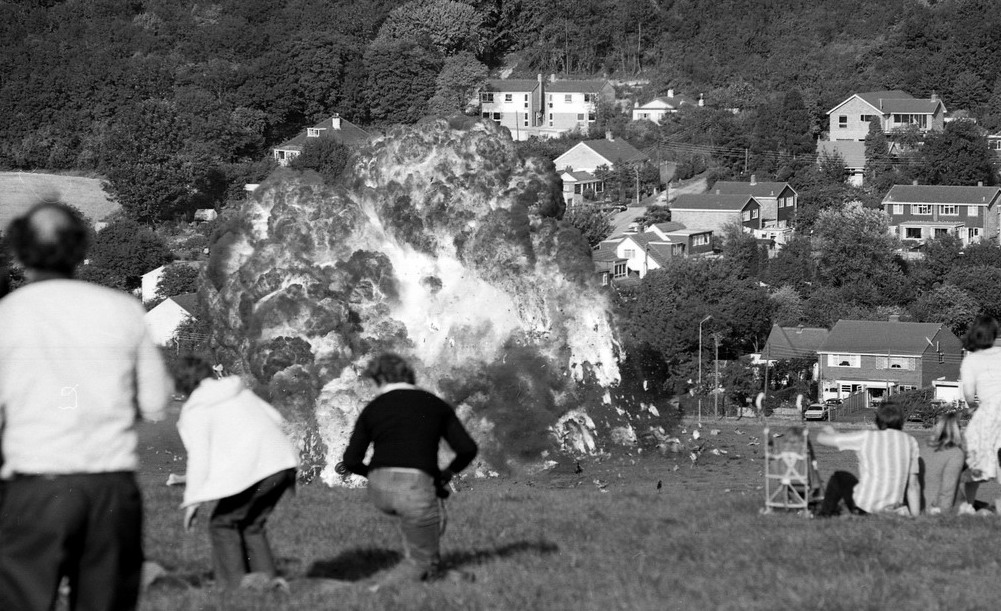Crash of a Partenavia P.68C in Plainview: 1 killed
Date & Time:
Sep 11, 1983 at 1425 LT
Registration:
N29561
Survivors:
No
Schedule:
Plainview - Plainview
MSN:
266
YOM:
1982
Crew on board:
1
Crew fatalities:
Pax on board:
0
Pax fatalities:
Other fatalities:
Total fatalities:
1
Aircraft flight hours:
342
Circumstances:
The pilot was executing a high speed pass over the runway at about 250 feet agl. The pilot then began a rapid pull-up and both wings separated just outboard of the engine nacelles. Reconstruction of the sequence from a videotape revealed that the aircraft's speed at the time of the wing separations was 220 knots. Vne for the aircraft is 193 knots. It was calculated that, at 220 knots and an 8° nose-up pitch, the 'g' load at the time of the wing separations would have been 8.3 g's. The pilot, sole on board, was killed.
Probable cause:
Occurrence #1: airframe/component/system failure/malfunction
Phase of operation: maneuvering
Findings
1. (c) in-flight planning/decision - improper - pilot in command
2. (c) overconfidence in aircraft's ability - pilot in command
3. (c) airspeed - exceeded - pilot in command
4. (c) wing - overload
5. (c) design stress limits of aircraft - exceeded - pilot in command
6. (f) wing - failure,total
7. (f) wing - separation
----------
Occurrence #2: in flight collision with terrain/water
Phase of operation: maneuvering
Phase of operation: maneuvering
Findings
1. (c) in-flight planning/decision - improper - pilot in command
2. (c) overconfidence in aircraft's ability - pilot in command
3. (c) airspeed - exceeded - pilot in command
4. (c) wing - overload
5. (c) design stress limits of aircraft - exceeded - pilot in command
6. (f) wing - failure,total
7. (f) wing - separation
----------
Occurrence #2: in flight collision with terrain/water
Phase of operation: maneuvering
Final Report:
